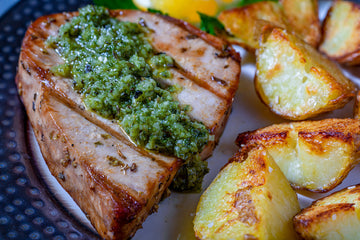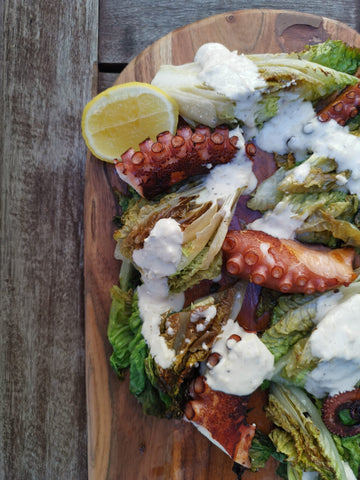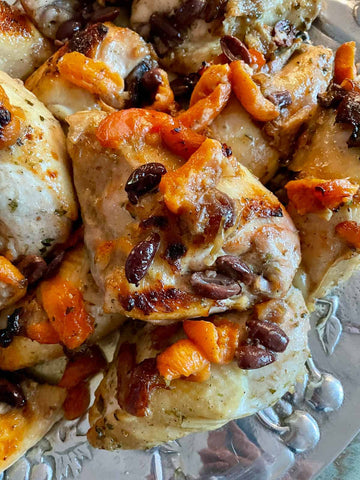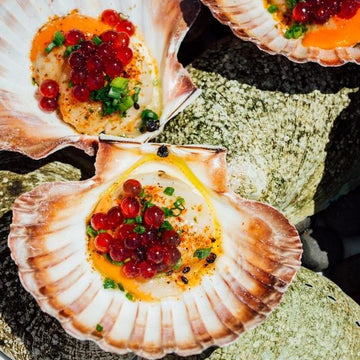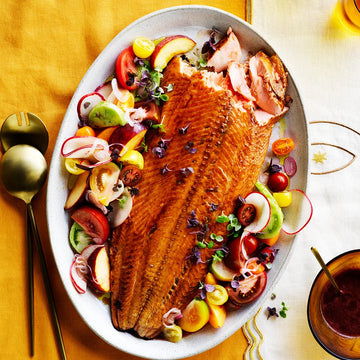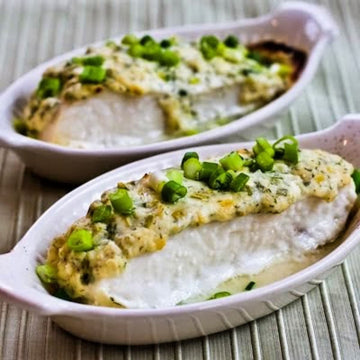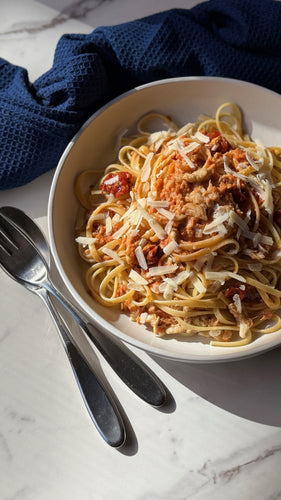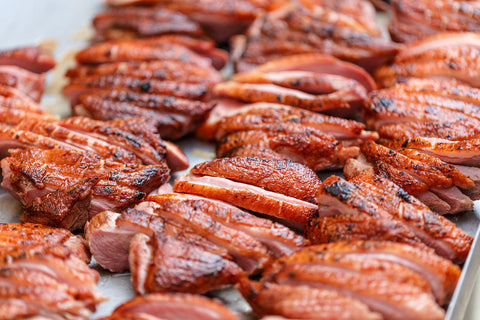
Cooking duck may sound like a project reserved for fine-dining kitchens or festive banquets—but it doesn’t have to be. Pekin duck, with its crisp skin and tender meat, is one of the most luxurious proteins you can bring to your table—and it’s surprisingly achievable in a home kitchen. With a few simple steps, the proper sourcing, and a low-stress approach, you can turn this gourmet favorite into your next showstopping meal.
Whether you're entertaining guests or simply treating yourself to something special, here's how to make Pekin duck at home—without the stress.
Why Pekin Duck Deserves a Spot in Your Kitchen
Pekin duck (also known as American White duck) is the most common breed used in gourmet kitchens, known for its:
⦾ Mild, buttery flavor
⦾ Generous fat content (ideal for crisp skin and rendered duck fat)
⦾ Succulent meat that doesn’t overpower
Unlike the gamier Muscovy duck or the leaner Mallard, the Pekin duck is the gold standard for both Eastern and Western cooking traditions—from Peking duck in Beijing to duck à l’orange in Paris. If you’ve only ever had duck at restaurants, now’s the time to bring it home.
Where to Buy Pekin Duck Online
Finding high-quality duck used to mean tracking down a specialty butcher. Today, many gourmet retailers make it easy to order seafood online, including premium meats. When shopping for duck:
⦾ Look for a whole Pekin duck with the neck and giblets included (perfect for stock or gravy).
⦾ Choose frozen if fresh isn’t available—just allow 2–3 days in the fridge to thaw completely.
⦾ Source from the best online gourmet food marketplace that focuses on quality and sustainability.
Ordering online also gives you access to trusted purveyors who specialize in chef-grade cuts, and many will even provide pre-trimmed options or cooking suggestions.
How to Prep Pekin Duck for Crisp, Flavorful Results
Success with duck comes down to preparation. The bird's thick layer of subcutaneous fat requires a few thoughtful steps to render correctly and achieve that golden, crackly skin.
1. Thaw Thoroughly
Allow your duck to thaw in the fridge for 48–72 hours. Never rush this process with warm water or a microwave—slow thawing protects texture.
2. Dry Completely
Pat the skin with paper towels completely dry, and leave the duck in the fridge overnight, uncovered if possible. This drying step is essential for crispy skin.
3. Score the Skin
With a sharp knife, score the skin using a crosshatch pattern without cutting the meat, which will help render the fat during roasting.
4. Season Well
Salt the duck liberally inside and out. For flavor, stuff the cavity with aromatics like:
⦾ Sliced oranges or lemons
⦾ Fresh thyme, rosemary, or sage
⦾ Crushed garlic and ginger
How to Roast Pekin Duck (Without Overthinking It)
Duck doesn’t have to be fussy. Here's a reliable, low-stress method that delivers rich flavor and perfect texture:
Step-by-Step Roasting Instructions:
1. Preheat your oven to 425°F (220°C).
2. Set the duck breast-side up on a rack inside a roasting pan.
3. Roast uncovered for 15–20 minutes to render the fat and start crisping the skin.
4. Lower the heat to 325°F (165°C) and continue roasting for 1.5–2 hours, flipping halfway through if desired.
5. For extra crisp skin, finish under the broiler for 3–5 minutes.
Internal temperature should reach 165°F (74°C) at the thickest part of the thigh. Let the duck rest for 15–20 minutes before carving.
Pro Tip: Save that rendered duck fat—it’s liquid gold for roasted potatoes or sautéed greens.
Serving Ideas That Make It a Meal
You don’t need a culinary degree to make duck look (and taste) spectacular. Try these pairings for a memorable presentation:
⦾ Classic French: Duck with cherry or orange gastrique, rosemary potatoes, and haricots verts
⦾ Asian-Inspired: Mandarin pancakes, hoisin sauce, julienned scallions, and cucumbers
⦾ Simple & Rustic: Smashed fingerling potatoes, roasted root vegetables, and a red wine reduction
Pair with wines like Pinot Noir, Syrah, or a dry Riesling to enhance the rich flavor of the duck without overwhelming it.
Hosting with Ease: Make-Ahead Tips for Entertaining
Pekin duck isn’t just delicious—it’s entertainer-friendly:
⦾ Prep in advance: Drying and seasoning can be done a day ahead.
⦾ Render fat early: Par-roast the duck earlier in the day and finish under the broiler before serving.
⦾ Slice before guests arrive: Serve warm or room temperature with warm sauces and sides.
This approach lets you spend more time enjoying your guests and less time hovering over the oven.
Bring Gourmet Home with Confidence
Cooking Pekin duck might sound ambitious, but it's one of the most rewarding dishes you can make at home. With a few simple techniques, quality sourcing, and a little prep, you can serve up a luxurious, restaurant-worthy meal that feels both elegant and easy.
Skip the stress. Embrace the flavor. And enjoy the experience of making something truly special—with Pekin duck as your centerpiece.
FAQs related to Pekin Duck
What’s the difference between Pekin duck and Peking duck?
Pekin duck refers to the breed commonly used in cooking. Peking duck is a distinctive Chinese dish that features air-dried, roasted duck with a lacquered skin. Pekin duck is often the bird used in that preparation, but the terms are not interchangeable.
How many Pekin ducks should I buy per person?
Plan on one whole 5–to 6-pound duck for every 2 to 3 people. Duck has a higher bone-to-meat ratio than chicken, so portions are smaller.
Can I stuff a Pekin duck like a turkey?
You can add aromatic ingredients like citrus and herbs, but avoid stuffing with bread or heavy fillings. The dense cavity and higher fat content can prevent even cooking.
What’s the best way to reheat leftovers?
To maintain crispy skin, reheat in a 350°F oven for 10–15 minutes, uncovered. Avoid microwaving, as it can cause the skin to become soft.
Is Pekin duck healthier than chicken or beef?
Duck is rich in flavor and healthy fats, but higher in calories than chicken breast. The fat is largely monounsaturated (similar to olive oil), and much of it renders off during cooking.
What can I do with leftover duck fat?
Use it to roast vegetables, fry eggs, or sear potatoes. Store in the refrigerator inside a glass for up to a month or freeze for more extended storage.
Sep 12 2025



